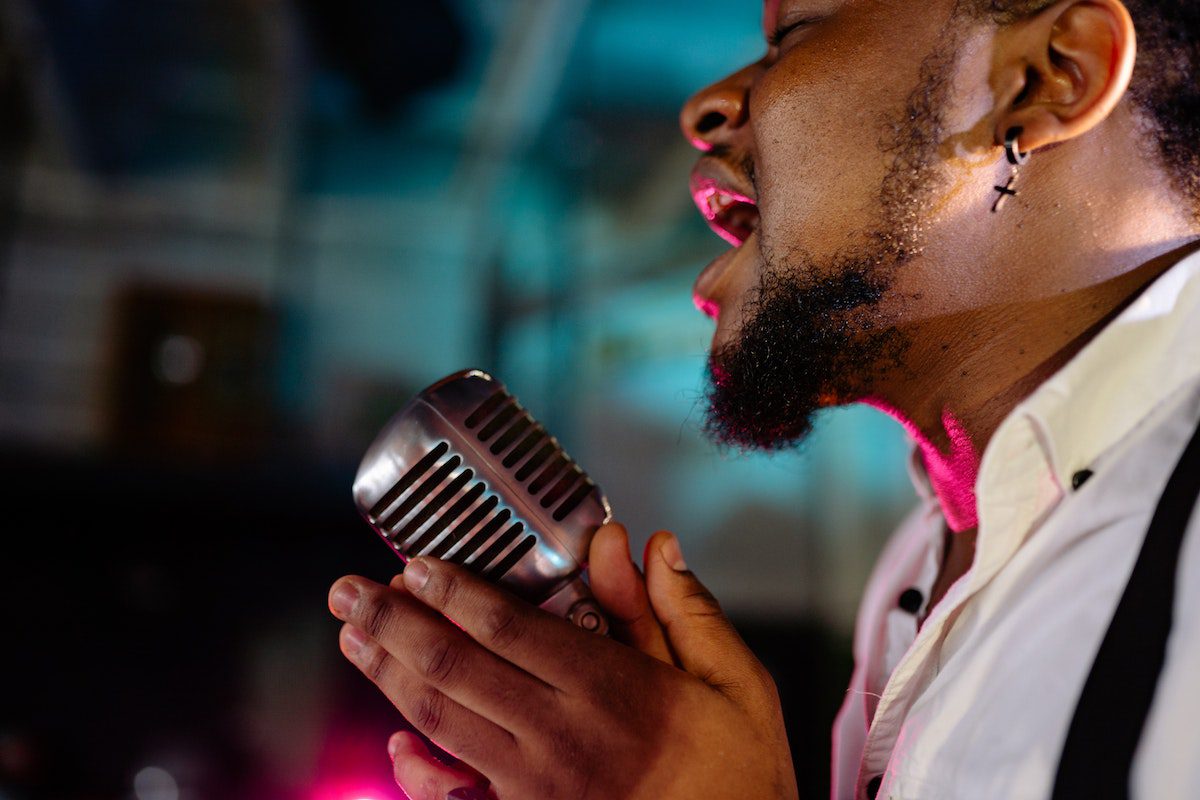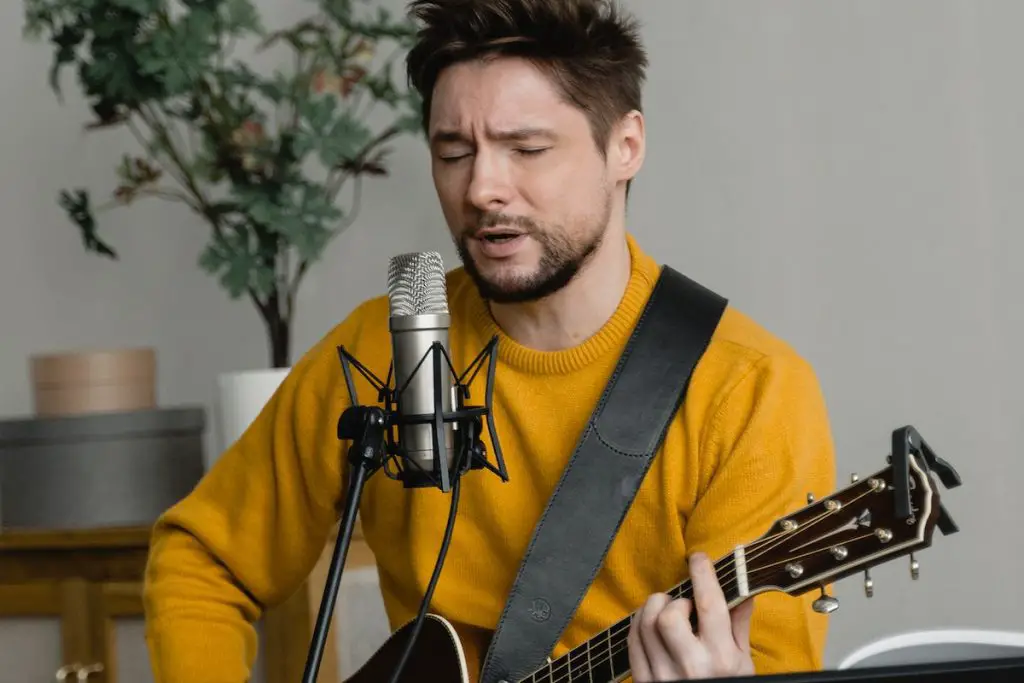Ever thought about creating your own narrative masterpiece in song form? From soul-touching love stories to heroic tales, ballads have been the soundtrack to humanity’s emotional journey for centuries. Let’s take a deep dive into the world of ballads together!
What is a ballad? A ballad is a form of narrative verse that can be either poetic or musical, often embodying storytelling elements and emotional depth. Despite their diversity, one thing all ballads share is their power to evoke strong emotions and tell captivating stories.
What is a ballad?
A ballad is a type of song that tells a story, and it’s often a slow to medium-paced song in popular music. It comes from the term ‘ballade’, which was used to describe a narrative song in Europe during medieval times.

Ballads usually have a lyrical focus, with a clear narrative that often involves romantic, tragic, or dramatic themes. This type of music often features an emotional delivery of the lyrics, simplified harmony, and a strong melody. It’s usually more about the storytelling aspect than complex musical structures or instrumental solos.
AKAI Professional MPK Mini MK3

AKAI Professional MPK Mini MK3
How have ballads evolved over time?
Ballads are a dynamic form, evolving over centuries to reflect the changing society. This evolution is not just limited to content; it’s seen in their musical and lyrical structures as well. Early ballads were stark and minimalistic. Their simplicity and straightforward narratives mirrored the lives of the common folk they originated from. They held a certain power – the power to capture raw human emotion in a way that still resonates today.
During the 19th and 20th centuries, ballads began to explore more complex themes and music. The industrial revolution, two World Wars, and the rise of popular culture profoundly influenced their evolution. The ballads of Bob Dylan, for instance, stand as poetic commentaries on society, signaling a shift from the earlier, simpler narrative ballads.
In the digital era, ballads continue to adapt and evolve. They’ve expanded across musical genres, from pop and rock to country and hip hop. The essence remains the same – a narrative-driven song that stirs deep emotions – but the execution can be remarkably diverse.
What is the format of a traditional ballad?
Traditional ballads, also known as folk ballads, have been shared orally over generations and typically tell a story. They often have a structure based on quatrains (four-line stanzas) with a rhyme scheme of ABCB. The second and fourth lines usually have a syllable count of three, while the first and third lines have four syllables. In terms of content, these ballads usually involve dramatic situations such as love, death, or supernatural events, and they often include dialogue and repetition.

What is the format of a pop or rock ballad?
In modern music, a ballad is a slow, emotional song, usually about love. These songs are often structured in a verse-chorus form and may include a pre-chorus and a bridge. The verse introduces the song’s situation or story, the chorus provides the emotional response or theme, and the bridge offers a contrasting section before typically returning to the chorus or verse. Many modern ballads also feature a climax towards the end, such as a guitar solo in a rock ballad or a vocal run in a pop or R&B ballad.
What makes ballads timeless?
Even in the fast-paced digital era, the enduring appeal of ballads remains strong. It’s fascinating, right? These narrative-driven songs, which originated centuries ago, still have the power to move us deeply.
Whether it’s Ed Sheeran pouring his heart out in a contemporary ballad or an anonymous medieval bard recounting heroic tales, the themes are usually timeless – love, loss, betrayal, or bravery. This enduring relevance of themes makes ballads a treasure trove of human emotions and experiences that continually strike a chord with listeners.
It can evoke emotions and paint vivid pictures in our minds, making us feel seen, heard, and understood.
Ballads also have this uncanny ability to create a deep emotional connection with the audience. Remember that goosebump-inducing moment when Adele hits the high notes in “Someone Like You”? That’s the power of a well-crafted ballad. It can evoke emotions and paint vivid pictures in our minds, making us feel seen, heard, and understood.
Finally, today’s musicians across genres skillfully incorporate balladry into their work, helping keep the tradition alive and vibrant. The face of ballads might have changed over time, but their heart remains the same, pulsating with the raw emotions that humanity can relate to.
How do you write your own ballad?
Writing your own ballad can be a fulfilling experience. It provides an opportunity to express yourself creatively while connecting with a tradition that spans centuries. But how to write a ballad that connects with the audience? Choose a universal theme. Love, loss, heroism, betrayal – these are topics that resonate across cultures and time. Draw inspiration from your own experiences or the world around you.
Follow the traditional structure, at least initially. As we mentioned earlier, start with quatrains and an ABCB or ABAB rhyme scheme. This provides a solid foundation, which you can then play around with as you gain confidence. Finally, never forget the emotional core of a ballad. Strive to tell a story that moves your audience.
Below is a small table of dos and don’ts to guide you:
| Do’s | Don’ts |
|---|---|
| Choose a universal theme | Overcomplicate the theme |
| Follow a simple structure | Deviate too far from the ballad structure without a good reason |
| Keep the emotional core strong | Ignore the emotional connection with the audience |
| Use refrain for impact | Overuse the refrain, making it monotonous |
| Take inspiration from your experiences | Plagiarize other’s work |
If you want even more great tips and information, check out the video below.
Frequently Asked Questions (FAQ)
As we’ve traversed the captivating landscape of ballads, you might still have a few questions left. Here are some frequently asked questions about ballads that readers often pose.
Why are ballads typically slow?
Ballads are usually slow because their primary purpose is to convey a story or express deep emotions. The slower tempo allows the listener to fully absorb the lyrics and engage with the narrative, contributing to a more impactful and memorable experience.
How have ballads evolved over the years?
Ballads have evolved significantly over the centuries. Originally an oral folk tradition, they became written verse in the Middle Ages. With the advent of popular music, ballads transitioned into the lyrical, emotive songs we recognize today. This evolution has seen the incorporation of diverse musical styles and influences, making ballads a rich and varied genre.
Can any genre of music have ballads?
Yes, ballads are not exclusive to any particular genre. While they are typically associated with pop or country music, ballads can be found across all genres, from rock to hip hop. The common factor is the narrative and emotive structure, rather than the specific musical style.
Conclusion
And there you have it, folks! We’ve hit all the right notes on our journey through the world of ballads. Just remember, not all ballads are a ballad time!
Did I hit every key point on your mental piano, or is there something else you’d like to learn about ballads? Let me know in the comments section below. I read and reply to every comment. If this post struck a chord with you, don’t forget to share it with a friend! For more melodic insights into the world of music, check out the rest of my blog. Thanks for reading, and until next time, keep those records spinning!
Key Takeaways
This article covered the topic of ballads. Here are some key takeaways:
- Ballads originated as an oral folk tradition and have evolved to become emotive, storytelling songs found across various musical genres.
- The slow tempo of ballads facilitates the conveyance of a narrative and helps to establish a deep emotional connection with the listener.
- The enduring relevance of themes makes ballads a treasure trove of human emotions and experiences.















